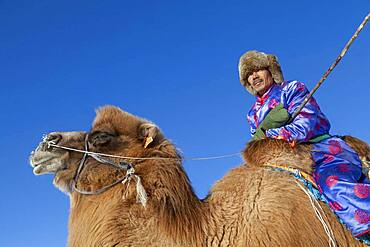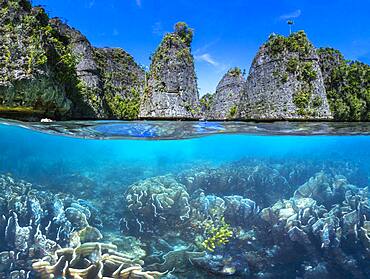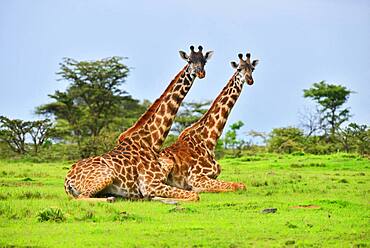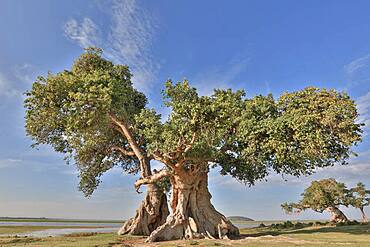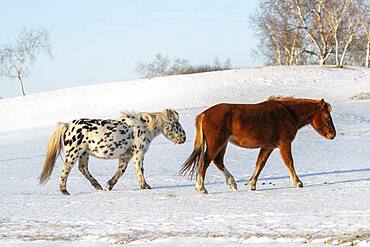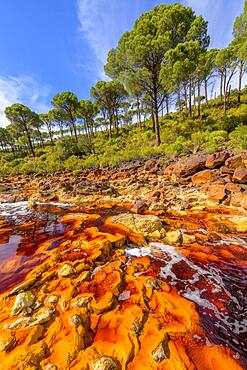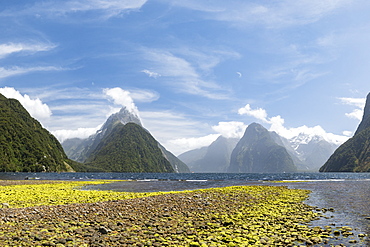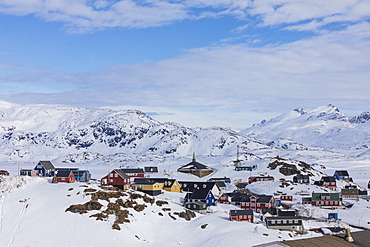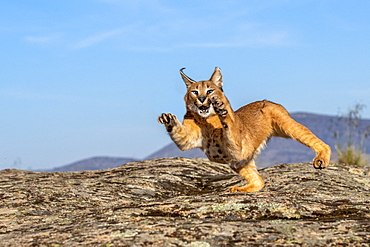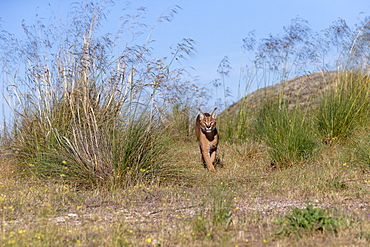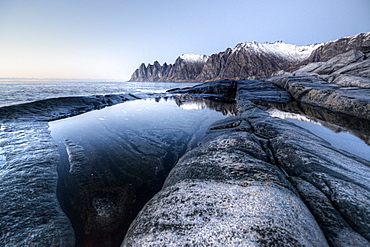Recent searches
Loading...
860-288762 - Dune 45, Sossusvlei, Namib Naukluft Park, Namib Desert, Namibia.
860-289016 - Waves hitting the Wimereux embankment during the Ciara storm, February 2020, Hauts de France, France
860-289042 - Mongol driving a camel caravan of Bactrian camel (Camelus bactrianus), Bashang Grassland, Zhangjiakou, Hebei Province, Inner Mongolia, China
860-288737 - A colony of Imperial shags, Leucocarbo atriceps. Pebble Island, Falkland Islands
860-288770 - Moonrise over a sand dune, Skeleton Coast National Park, Namibia.
860-288796 - Remarkable flysch formations of Deba, Basque Coast Geopark, Basque Country, Spain. Flysch formed at the end of the Mesozoic era in the Cretaceous - flyschs are formed by sediment accumulation following repeated submarine avalanches, due to earthquakes, and producing after compaction and crystallization very regular layers of sandstone and limestone here recovered by Pyrenean orogeny and released by erosion.
860-288795 - Black pigs in dehesa in Estramadura, Spain. A dehesa is an agro-sylvo-pastoral mode of cultivation formed by a sparse undergrowth grazing where pigs or sheep graze freely and where green or cork oaks grow, cut and exploited. This very old system persists in the poor and dry areas of the Mediterranean basin and covers several million hectares in the Iberian Peninsula.
860-288993 - Whooper swan (Cygnus cygnus) in flight, Sanmenxia, Henan ptovince, China
860-288997 - Split level panorama to Raja Ampat, Indonesia
860-288709 - Small group Plains zebras (Equus quagga burchellii) in green mountain scenery in Kruger National park, South Africa
860-288710 - Plains zebra (Equus quagga burchellii) standing on a rock isolated in blue sky in Kruger National park, South Africa
860-289260 - Tree pruning in autumn, cutting branches of a lime tree by a pruner with safety harness, country garden in Lorraine
860-288781 - Le Glacier Blanc (3023m), view on Mount Pelvoux (3932m), Valley of Vallouise, Brian?onnais region, Ecrins National Park, Hautes-Alpes, France
860-288866 - Seated giraffes (Giraffa camelopardalis) ruminating, Masai Mara national park, Kenya.
860-288871 - Giant sycamore fig or sycamore (Ficus sycomorus) multicentennial, giant, Rift Valley, Ethiopia
860-289030 - Horses in a meadow covered by snow, Zhangjiakou, Bashang Grassland, Hebei Province, Inner Mongolia, China
860-288736 - Two Rockhopper penguins (Eudyptes chrysocome), Pebble Island, Falkland Islands
860-288764 - Fairy circles and mountains, Aerial view, Namib Naukluft Park, Namib Desert, Namibia.
860-288780 - Mount Pelvoux (3932m) and the Pelvoux glacier illuminated by a full moon night, hiker at the Glacier Blanc refuge (2580m), Vallouise valley, Brian?onnais region, Ecrins National Park, Hautes-Alpes, France
860-288800 - R?o Tinto, Andalucia, Spain *** Local Caption *** R?o Tinto ("Red River") is very acidic (Ph 2) and has a deep reddish hue due to iron dissolved in water. The acidity of the watercourse is linked to the drainage of pyrite, which is very present in the subsoil. Extremophilic and endemic bacteria and algae colonize the river bed, forming a fragile biofilm that evokes the hot springs of Yellowstone Park in the USA.
860-288799 - R?o Tinto, Andalucia, Spain *** Local Caption *** R?o Tinto ("Red River") is very acidic (Ph 2) and has a deep reddish hue due to iron dissolved in water. The acidity of the watercourse is linked to the drainage of pyrite, which is very present in the subsoil. Extremophilic and endemic bacteria and algae colonize the river bed, forming a fragile biofilm that evokes the hot springs of Yellowstone Park in the USA.
860-288348 - Bon Repos Castle, Jarrie, Isere, Rhone-Alpes, France
860-288493 - Lake Pukaki, flowers on the shore, South Island, New Zealand
860-288472 - Common Diuca Finch (Diuca diuca), Cobquecura, VIII région du Biobío, Chili
860-288416 - Cheetah (Acinonyx jubatus), occurs in Africa, walking in savanah, captive
860-288672 - Elephant (Loxodonta africana), Abu Camp, Okavango Delta, Botswana
860-287945 - Cheetahs (Acinonyx jubatus), on rock, Private reserve, South Africa
860-288693 - Remote camera image of impalas (Aepyceros melampus) drinking at waterhole, Kalahari, Botswana
860-288408 - Caracal (Caracal caracal) , Occurs in Africa and Asia, Adult animal, Male, Jumping, Captive.
860-288515 - T?ne Mahuta, Giant Kauri tree in the Waipoua Forest, North Island, New Zealand
860-288381 - Caracal (Caracal caracal) , Occurs in Africa and Asia, Adult animal, Male, jumping on rock, Captive.
860-288105 - Griffon vulture (Gyps fulvus) looking at the camera, Spain
860-288263 - Alpine marmot ( Marmota marmota), curious, National Park Hohe Tauern, Austria
860-288616 - Young Arctic Foxes (Alopex Lagopus) playing, Jameson Land, Northeast Greenland
860-288421 - Cheetah (Acinonyx jubatus), occurs in Africa, one adult on rocks, captive
860-288614 - Young Arctic Foxes (Alopex Lagopus) playing, Jameson Land, Northeast Greenland
860-288610 - Young Arctic Foxes (Alopex Lagopus) in tundra, Jameson Land, Northeast Greenland
860-288674 - Elephant back safari, Abu Camp, Okavango Delta, Botswana
860-288469 - Chilean Palm (Jubaea chilensis), young tree in its natural environment, Portezuelo de Ocoa to Las Palmas, National Park La Campana, V Region of Valparaiso, Chile
860-288268 - Alpine marmot ( Marmota marmota), curious, National Park Hohe Tauern, Austria
860-288666 - Elephant (Loxodonta africana), Abu Camp, Okavango Delta, Botswana
860-288265 - Alpine marmot ( Marmota marmota), with spreaded arms, National Park Hohe Tauern, Austria
860-288299 - Fly fishing on the Loue river, Presentation of a wild trout (Salmo trutta fario), Franche-Comté, France
860-288079 - Azure-winged magpie (Cyanopica cyanus) perched in a tree, Spain
860-288559 - The gardens of Marqueyssac, Vézac, Dordogne, France
860-288694 - A remote camera image of greater kudu females (Tragelaphus strepsiceros), and Burchell's zebra (Equus burchellii) at waterhole, Kalahari, Botswana
860-288333 - Fish Dryer, Ekkeroy, Varanger Peninsula, Finnmark, Norway
860-288395 - Caracal (Caracal caracal) , Occurs in Africa and Asia, Adult animal, Male, Walking on rock, Captive.
860-288504 - Franz Josef Glacier, aerial view, Westcoast, South Island, New Zealand
860-288411 - Cheetah (Acinonyx jubatus), occurs in Africa, portrait, captive
860-288107 - Griffon vulture (Gyps fulvus) displaying, Spain
860-287950 - Cheetah (Acinonyx jubatus), on rock, Private reserve, South Africa
860-288376 - Caracal (Caracal caracal) , Occurs in Africa and Asia, Young animal 9 weeks old, Walking in the rocks, Captive.
860-288417 - Cheetah (Acinonyx jubatus), occurs in Africa, two adults on rocks, captive
860-287949 - Cheetahs (Acinonyx jubatus), on rock, Private reserve, South Africa
860-288692 - Remote camera image of greater kudus (Tragelaphus strepsiceros) and warthogs (Phacochoerus africanus) at a waterhole, Kalahari, Botswana
860-288506 - View on Lake Wakatipu with city of Queenstown, South Island, New Zealand
860-288502 - Milford Sound, Fiordland National Park, South Island, New Zealand
860-288393 - Caracal (Caracal caracal) , Occurs in Africa and Asia, Adult animal, Male, Jumping, Running, Captive.
860-288633 - Young Arctic Foxes (Alopex Lagopus) playing, Jameson Land, Northeast Greenland
860-288264 - Alpine marmot ( Marmota marmota), standing in front of mountains, Wideangle, National Park Hohe Tauern, Austria
860-288419 - Cheetah (Acinonyx jubatus), occurs in Africa, two adults on rocks, captive
860-288615 - Young Arctic Foxes (Alopex Lagopus) playing, Jameson Land, Northeast Greenland
860-288670 - Elephant (Loxodonta africana), Abu Camp, Okavango Delta, Botswana
860-288092 - corn Bunting (Emberiza calandra) perched on top of a tree, Spain
860-288365 - Herd of African buffalo (Syncerus caffer) bathing and drinking in Kruger National park, South Africa
860-287771 - Pillars of rock with Guillemot colonies, Staple Island, Farne Island, Northumberland, UK
860-288613 - Young Arctic Foxes (Alopex Lagopus) playing, Jameson Land, Northeast Greenland
860-288608 - Young Arctic Foxes (Alopex Lagopus) in tundra, Jameson Land, Northeast Greenland
860-288155 - Plantation avalanche protection in Oisans, Ferrand Valley, Ecrins NP, Oisans, Northern Alps, France
860-288388 - Caracal (Caracal caracal) , Occurs in Africa and Asia, Adult animal, Male, Walking on rock, Captive.
860-288011 - The small village of Tasiilaq during winter it can only be reached with helicopter, East Greenland
860-288266 - Alpine marmot ( Marmota marmota), curious, National Park Hohe Tauern, Austria
860-288665 - Damage to a Coast Live Oak (Quercus agrifolia) caused by the California Oak Moth (Phryganidia californica), the most important oak-feeding caterpillar throughout its range, which extends along the coast and through the coastal mountains of California. The caterpillars can strip a tree of all leaves but the Coast Live Oak trees usually recover in subsequent years.
860-288499 - Cathedral Cove, Te Whanganui-A-Hei, Coromandel Peninsula, North Island, New Zealand
860-288611 - Young Arctic Foxes (Alopex Lagopus) playing, Jameson Land, Northeast Greenland
860-288660 - Cime de la Bonette, Col de Restefond, summits of Ubaye under a stormy sky, Alps, France
860-288241 - Grizzly bear (Ursus arctos horribilis) sitting in front of mountains, Katmai National Park, Alaska, USA
860-288406 - Caracal (Caracal caracal) , Occurs in Africa and Asia, Adult animal, Male, Walking on rock, Captive.
860-288513 - Lake Pukaki with Mount Cook, highest mountain in the country, South Island, New Zealand
860-288384 - Caracal (Caracal caracal) , Occurs in Africa and Asia, Adult animal, Male, walking in the grass, Captive.
860-288678 - Giant kingfisher (Megaceryle maximus), Chobe National Park, Botswana.
860-288612 - Young Arctic Foxes (Alopex Lagopus) playing, Jameson Land, Northeast Greenland
860-287957 - Cheetah (Acinonyx jubatus), on rock, Private reserve, South Africa
860-288379 - Caracal (Caracal caracal) , Occurs in Africa and Asia, Adult animal, Male, walking in the grass, Captive.
860-287774 - One large bull African elephant, Loxodonta africana, grassland, Masai Mara, Kenya
860-288507 - Sea Stack at Cathedral Cove, Te Whanganui-A-Hei, Coromandel Peninsula, North Island, New Zealand
860-288323 - Agricultural landscape, Montaña Palentina, Palencia, Castilla y Leon, Spain, Europe
860-288378 - Caracal (Caracal caracal) , Occurs in Africa and Asia, Adult animal, Male, jumping on rock, Captive.
860-288551 - Flight of Cranes (Grus grus), moon, Lake Der, Haute Marne, Montier en Der, Haute-Marne, France
860-288695 - Remote camera image of greater kudus (Tragelaphus strepsiceros) and Impalas (Aepyceros melampus) at waterhole, Kalahari, Botswana
860-288650 - Kayaking in Scoresbysund, North East Greenland
860-288294 - Fly fishing on the Loue river, Ornans, Doubs, Franche-Comté, France
860-288661 - Potron lake, Aiguilles d'Arves, Maurienne valley, Alps, France
860-288671 - Elephant (Loxodonta africana), Abu Camp, Okavango Delta, Botswana


